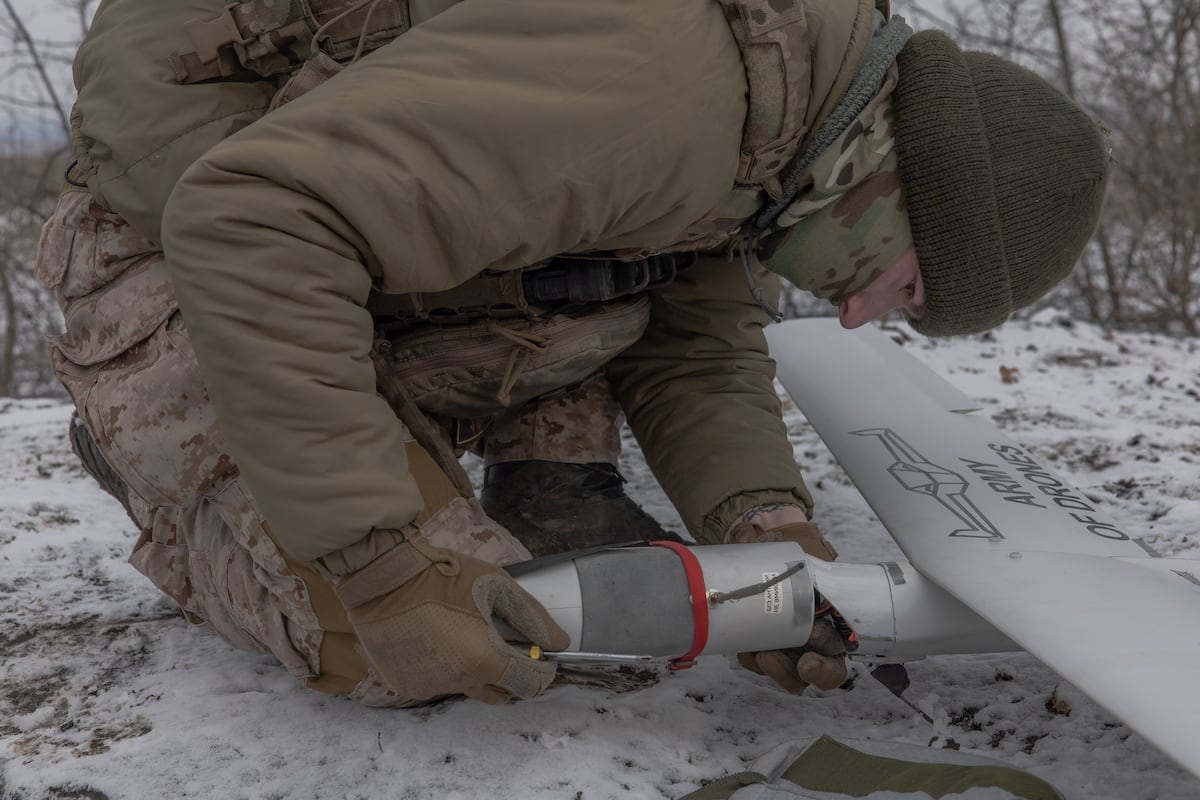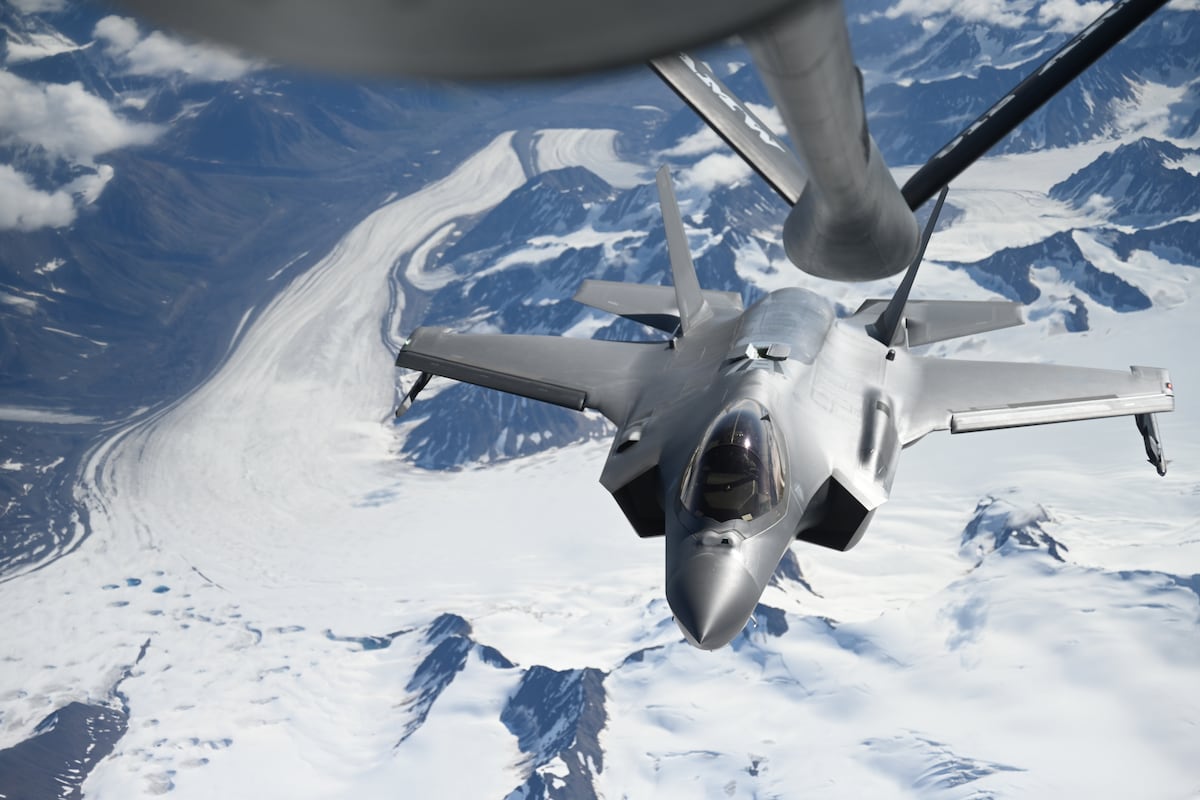MILAN — Drawing from Ukraine’s battlefield successes, a growing number of European companies have begun fielding drones with artificial intelligence features.
An element of Ukraine’s recent “Spider Web” operation on June 1 – a covert drone attack carried out deep inside Russia – was largely overlooked: the supporting role played by AI.
According to the Center for Strategic and International studies, AI-driven tools were likely critical in training the software of explosive, first-person-view drones. These tools enabled the drones to spot threats, indicate possible strike points for each one, and guide them to targets if the connection with the operator went astray.
The mix of drones and AI is now becoming more prevalent in new designs proposed by manufacturers.
At a recent Drone Summit held in Estonia, a handful of Latvian drone companies showcased their current focus of AI-targeting capabilities. Among them, Origin Robotics recently launched an autonomous drone interceptor created to destroy adversarial unmanned aerial vehicles.
Dubbed “Blaze,” the craft was trained with the help of AI to differentiate between various aircraft types and other objects. Once the system locks onto a target, it takes off and dashes to intercept it by smashing its warhead into it.
Last month, Finnish company Patria announced it will lead a European industry consortium for the new joint Artificial Intelligence Warfare Adaptive Swarm Platform, or AI-WASP.
The program, which includes Finland, Sweden, Estonia, Italy, Greece and Spain, seeks to develop AI-controlled software for use on small to medium-sized unmanned and manned systems.
The project recently received €45 million ($53 million) in funding from the European Commission.
Another company making headway into this space is the Czech manufacturer LPP Holding, which said in May that it provided AI-guided drones to Ukrainian forces. The company’s MTS drones are equipped with AI-based visual navigation specifically designed for GPS-denied areas, per the company website.
While the European defense industry is progressively making greater use of AI in unmanned systems, experts say there remain challenges in its integration, especially when it comes to onboard information.
“The issue is data – what kind of information is used to train UAVs to fly to a certain location or strike specific targets?” said Samuel Bendett, an advisor at the Centre for Naval Analyses. In a targeting sequence, data resident on the drone – versus linked up through an external transmission – would be the sole basis for strike decisions, a challenge in rapidly changing battlefield conditions, he added.
A recent report by the U.S.-based Center for Strategic and International Studies found that Ukraine has opted to train small AI models on small datasets instead of creating large, broad templates.
“This approach enables fast and efficient onboard processing on the limited computing power of small and inexpensive chips, which can be quickly updated and retrained … these datasets can be collected through a company’s battlefield operations or open-source data from social media,” the report said.
Germany-based drone manufacturer Quantum Systems unveiled recently the Mosaic UXS, a software command-and-control platform for unmanned systems to unify capabilities across air, land and sea domains.
The company reports that it is capable of mission planning and execution with machine learning and can plan swarm operations in which each drone is tasked with completing an individual mission.
Ukrainian defense companies have focused on similar endeavors by developing standalone AI software and compact chips that can be fused on a wide range of platforms from FPV drones to turrets set up on unmanned ground vehicles.
Elisabeth Gosselin-Malo is a Europe correspondent for Defense News. She covers a wide range of topics related to military procurement and international security, and specializes in reporting on the aviation sector. She is based in Milan, Italy.
Read the full article here








Leave a Reply